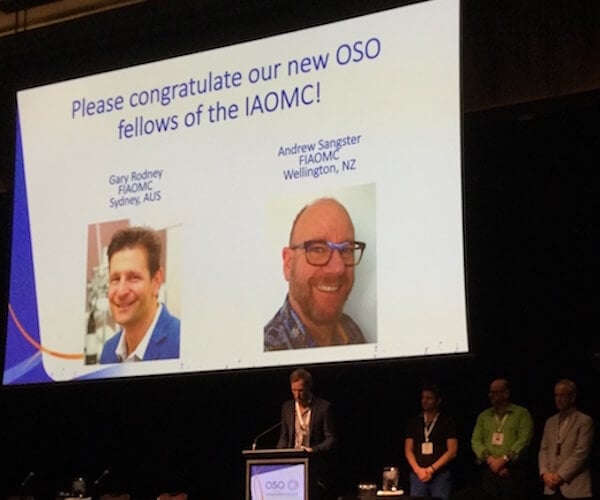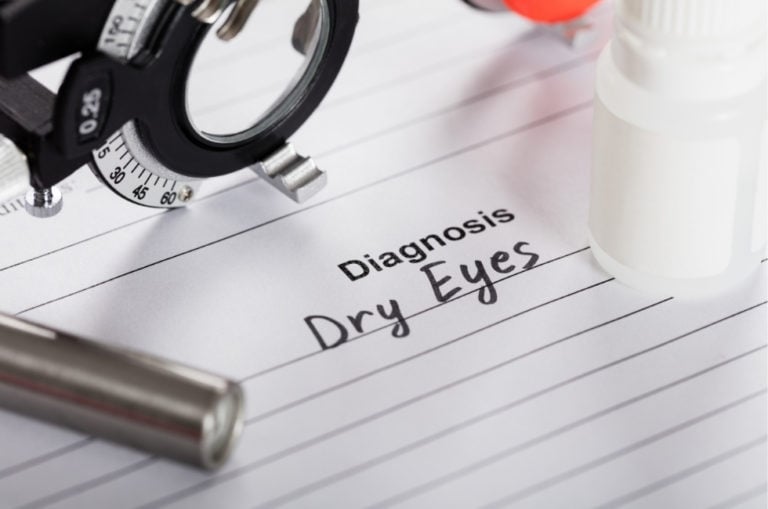Children with dyslexia and those with vision impairments appear to have a lot in common. Both groups find it difficult to learn motor skills, and although taught how to read and write, they struggle to grasp, apply, or even understand those skills, and therefore struggle to read, learn and perform well at school, as well as being reluctant to play sport. And this is despite most having normal intelligence (and sometimes higher), according to Gary Rodney, Australian behavioural optometrist, fellow of the International Academy of Orthokeratology and Myopia Control (FIAOMC) and founder of Smart Vision Optometry Australia.
Treating Two Similar Issues Separately
However, Rodney says that despite having so much in common, the two are classified and treated very differently.
The vision problems are considered to be the result of errors in the data sent by the eyes to the brain’s visual system for processing into meaningful images. Dyslexia, on the other hand, is considered by practitioners to be a language-based learning disability with its informational roots in the ears. As a result it is being identified as completely different from visual problems, despite its similar impact on spelling, writing, reading, and speaking because it involves the processing of sound rather than sight. It is seen as hiccoughs in the ears’ message to the brain, or in the brain’s attempts to match and process the graphic symbols and sounds of speech and letters (particularly when heard in different languages) in such a way as to provide recognizable and usable information.
He says vision problems and dyslexia were previously thought to be identified as being brought about by different brain systems, and attributed to failures in different processing systems, until studies in the last few years revealed that both vision and sound are processed in the visual system, and the same approach to processing information is taken.
Data is collected separately by eyes and the ears, and contributed to the “libraries” of data amassed by the brain as part of its reference archive. This enables the brain to draw on information to place, interpret, identify, and understand what is seen and heard and pass this information back to the ears that heard or eyes that saw as understandable and usable.
In some situations the brain will even draw on sounds to position the images and improve the interpretation of what is seen, specially when sounds can boost the importance or relevance of what is seen, and vice versa, as in assisting in the recognition of letters.
The Advantages of Teamwork
Rodney stresses the importance of the teamwork between the brain, the eyes and the ears, as well as in the treatment chosen to deal with processing problems in vision errors or language disabilities because of the close connection between them.
“ I find it hard to understand why many therapists and other practitioners dealing with dyslexia still believe that there is no connection at all between dyslexia and vision problems, and therefore no need to consider the possibility of investigating vision problems and their treatments when seeking to correct dyslexia,” he said.
He says separating the two leaves the door open to misdiagnosis and unsatisfactory treatment results. And at the same time it can lessen the chances of detection and treatment of companion vision problems like convergence and eye tracking which could either be presenting similar impacts, or contributing to the impact of dyslexia.
For more information on vision impairments, dyslexia and the global threat imposed by them, or to make an appointment for a consultation, visit the Smart Vision website: Optometrists Sydney: Optometry Services For Children and Adults | Smart Vision; for specific information about Myopia treatment and prevention visit Myopia Prevention: Solutions, Control And Treatment In Sydney; and for detailed information about Myopia Treatment visit Orthokeratology In Sydney: The Non Surgical Alternative.
Book an appointment for a thorough eye check-up or Call the Bondi clinic on (02) 9365 5047 or the Mosman clinic on (02) 9969 1600.







